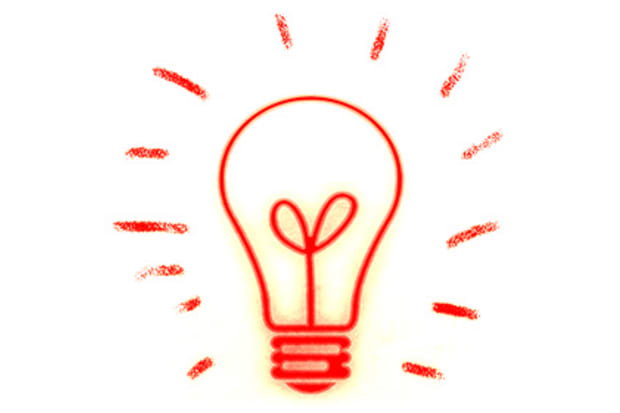- Published 24 Jan 2023
- Last Modified 29 Aug 2023
- 3 min
How to Measure Decibels
Understanding how to measure decibels accurately and efficiently is essential. Learn more in our guide.

Published March 2022
Sound measurement can be essential for health and safety purposes, so an accurate way to record decibel (dB) ratings is often needed. Typically, devices such as sound level meters are used for this purpose.
Sometimes referred to as decibel meters, a sound meter will take acoustic measurements in an environment. They achieve this with a pre-calibrated microphone that then electronically analyses and displays the sound level with either a digital or analogue style meter.
RS Pro provides a range of sound level meters to suit a variety of applications and environments.
How are Sound Levels Measured?

Noise measurement is typically measured in Decibels (dB) which is the standardised way of measuring loudness. The reason Decibels are so well suited to this is that the Decibel scale is a logarithmic scale that is closer to how the human ear responds to loudness. As such, it creates a more relatable scale for loudness in health and safety.
When considering how to measure noise levels, the appropriate tools are needed. Sound meters work with a microphone that measures sound pressure in an environment and calculates it into a decibel reading. Because of this, sound level meters are sometimes called sound pressure level readers.
Where are Sound Level Meters Used?
Measuring decibels can be useful for multiple applications, whether it's to measure the background noise of an environment or the noise levels of specific machinery. Loud or sustained noise in a work environment can lead to hearing damage and even potential hearing loss in staff. Additionally, unacceptable levels of background noise in environments have been proven to have a detrimental effect on mental health and the quality of life. With this in mind, measuring decibel levels is an extremely important way of deducing whether an environment is suitable for people.
A noise meter might be used by a council or local authority to make sure event or domestic noises are within acceptable and legal limits, or by private businesses to make sure noise exposure on a shop or factory floor is safe for workers.

What is a Safe Decibel Level?
When considering how to measure decibels of noise, it’s important to know what noise levels are deemed ‘safe’ or appropriate to an environment. Typically, 50 dB is considered a moderately noisy environment, with 85 dB considered to be very noisy. Levels above that are considered painful to the human ear and potentially dangerous.
Safe or appropriate Decibel levels may vary from country to country and sometimes differ between local authorities. For example, 2005 UK regulations state that work environments where noise levels reach 85 dB must supply their employees with hearing protection.
Be sure to thoroughly research the local compliance and regulations in your workplace.
FAQs
How Do I Know My Noise Meter is Accurate?
When considering how to measure decibels of sound, a reliable and well-calibrated tool is essential. RS PRO takes pride in delivering appropriate tools for many applications, as well as the support and information you need to make the right choice.
We also offer our RS Calibration service, ensuring your instruments are accurate and compliant to the applicable standards.
Are Analogue or Digital Displays Better?
Typically, analogue displays give you a quicker idea of where current noise levels stand in relation to a visible range. As such, for a fast and intuitive idea of the noise levels around you, analogue displays are very convenient. However, digital displays will typically give you a much clearer and exact idea of the noise levels being read and are probably more useful when specific and accurate readings are required.